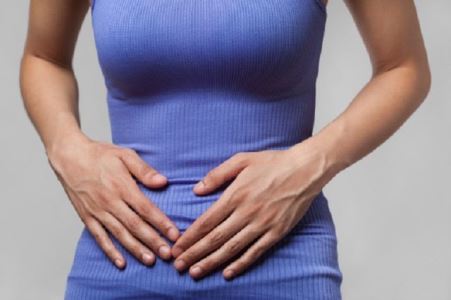The steep rise in the number of young women  dying by suicide is linked to chronic pelvic pain, says Dr Philip Hall, gynaecologist at St Andrew’s Pelvic Medicine Centre in Brisbane and St Stephen’s Hospital on the Fraser Coast.
dying by suicide is linked to chronic pelvic pain, says Dr Philip Hall, gynaecologist at St Andrew’s Pelvic Medicine Centre in Brisbane and St Stephen’s Hospital on the Fraser Coast.
During Women’s Health Week (5-9 September), and in lead up to World Suicide Prevention Day, 10 September, Dr Hall is highlighting a serious issue affecting many women around the world and in Australia. Dr Hall says increasingly women are overdosing on prescription drugs or narcotics at alarming rates in their desperation to ease chronic pain. He says a recent New York Times article highlights research that shows about half of opioid overdose deaths involve prescription drugs.
Figures released by the Australian Bureau of Statistics in March 2016 show suicide as the leading cause of death among those aged 15 to 44 years. The rate of suicide in women aged 15-24 years jumped 50 per cent in the 10 years to 2014.
“Women’s pain was often associated with pelvic conditions such as Endometriosis, which affects one in 10 Australian women and 176 million women worldwide. Younger women can also experience significant menstrual pain,” Dr Hall said.
“Combined with bowel problems such as Irritable Bowel Syndrome and bladder problems, the most common being Interstitial Cystitis (Painful Bladder Syndrome), pelvic pain is a major problem, affecting one in five women at some time in their lives.
“Chronic pelvic pain impacts on all aspects of women’s lives, not just the physical symptoms but also the financial, relationship, emotional and mental aspects. For reasons we don’t understand, the incidence of pelvic conditions is increasing.”
Dr Hall says most pelvic conditions require surgery and with each of those surgeries, women’s bodies become more sensitive to pain.
“Women can become dependent on prescription agents or recreational drugs to help with the ongoing pain, which seriously affects their moods. They feel helpless and their attempts to get their problems sorted out seem to be thwarted so there’s a real situation of desperation.
 “When chronic pain continued for more than six months, changes in the person’s nervous system and/or brain occurred. The pain was remembered and the body recognised it as maximum pain from the onset.
“When chronic pain continued for more than six months, changes in the person’s nervous system and/or brain occurred. The pain was remembered and the body recognised it as maximum pain from the onset.
“Breaking this cycle can be very difficult but it is possible. It often takes a co-ordinated multidisciplinary approach with pain specialists, gynaecologists and other specialists along with allied health support. The treating team needs to understand pain and modify treatments for each of the systems.”
Dr Hall says experts worldwide now recognise that drug dependency in the relief of pain is one of the trigger factors for suicide.
“Often as a result of chronic pelvic pain, we end up with people dependant on prescription drugs or they self-prescribe with narcotics and they either intentionally or unintentionally overdose, losing their lives in the process of getting symptom relief.
“The consequences of this abuse have been devastating and are on the rise. For example, the number of unintentional overdose deaths from prescription pain relievers has soared in the United States, more than quadrupling since 1999.”
A 2014 report presented by Nora D. Volkow, M.D. on the American National Institute on Drug Abuse website shows the abuse of and addiction to opioids such as heroin, morphine, and prescription pain relievers is a serious global problem that affects the health, social, and economic welfare of all societies.